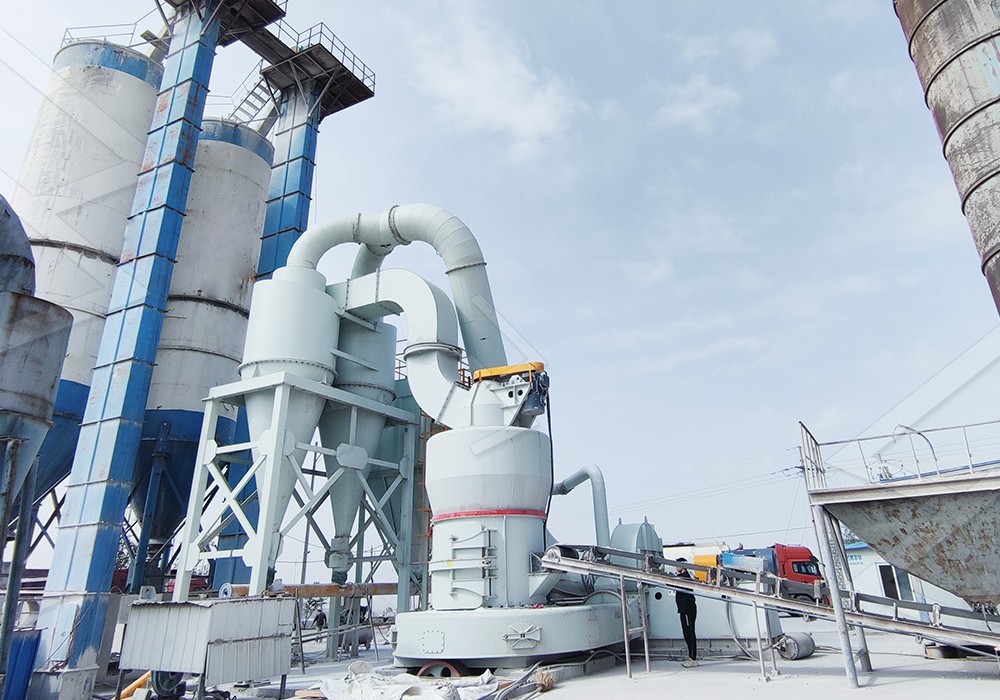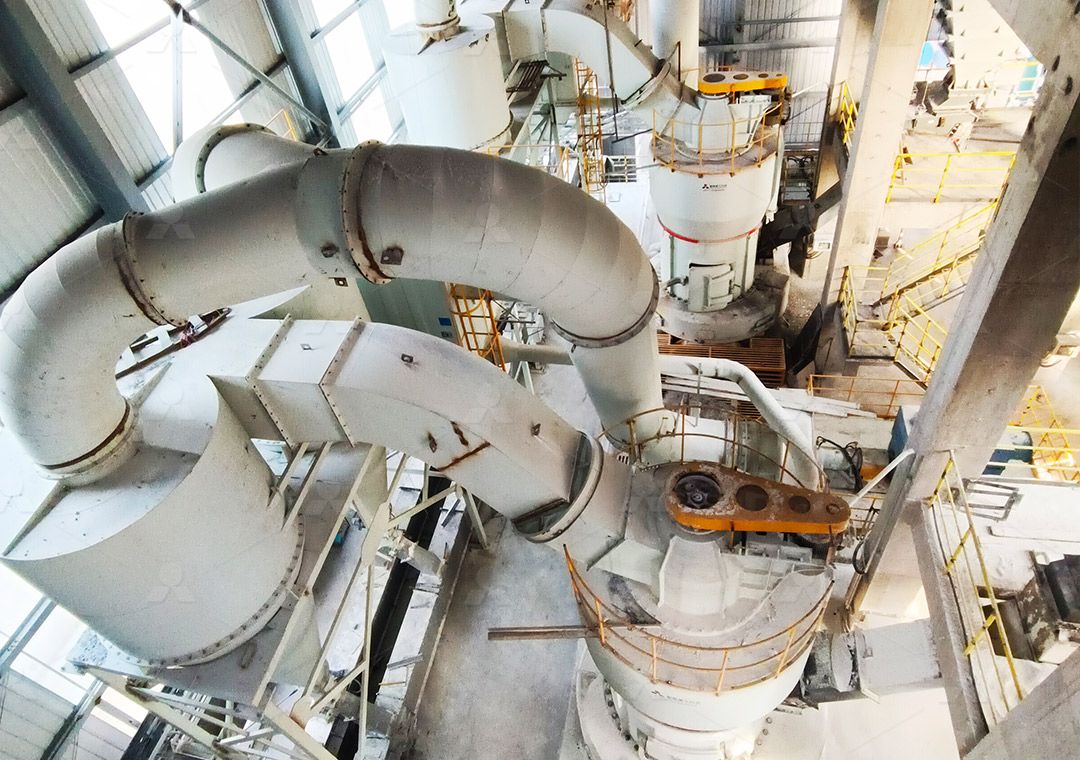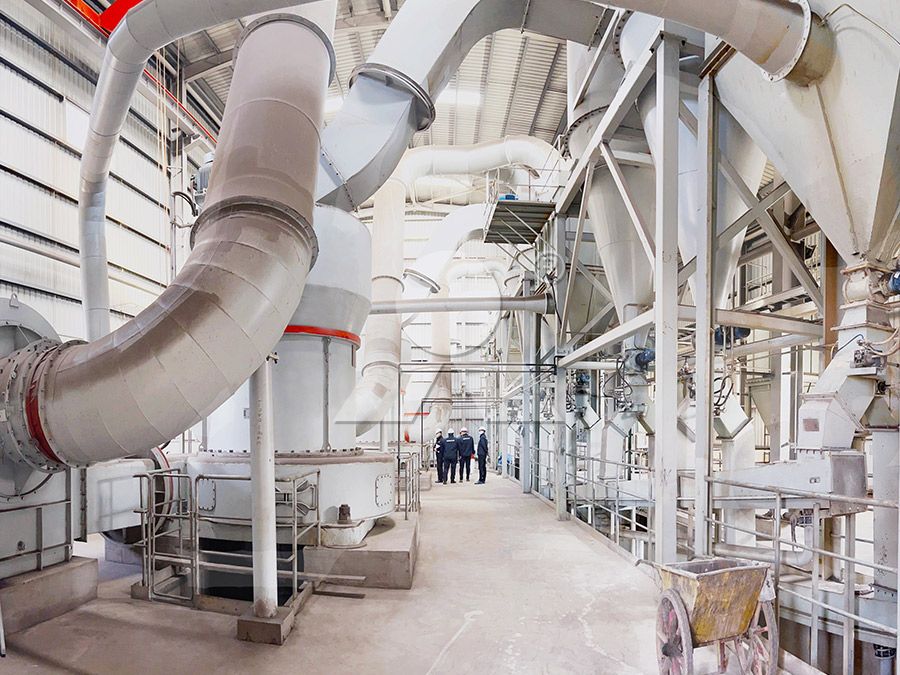High Capacity Multi-Roller Raymond Mill for Industrial Grinding Applications
Revolutionizing Industrial Grinding with Advanced Multi-Roller Technology
In today’s competitive industrial landscape, manufacturers across multiple sectors are constantly seeking more efficient, reliable, and high-capacity grinding solutions. The evolution of Raymond Mill technology has been particularly remarkable, with modern multi-roller systems offering unprecedented performance for various material processing applications. These advanced grinding mills have become indispensable in industries ranging from mining and construction to chemicals and pharmaceuticals.
The fundamental principle behind multi-roller Raymond Mills involves multiple grinding rollers rotating against a grinding ring, creating a highly efficient crushing and grinding mechanism. This configuration allows for continuous operation with minimal downtime, significantly boosting productivity while maintaining consistent particle size distribution. The technological advancements in this field have enabled processing capacities that were unimaginable just a decade ago.

Key Technological Advancements in Modern Grinding Systems
Contemporary grinding mills incorporate several innovative features that distinguish them from traditional equipment. The integration of advanced powder separation technology, particularly the cage-type powder selectors, has revolutionized fineness control. These systems enable precise adjustment of product fineness between 325-2500 meshes, with some advanced models achieving screening rates of d97≤5μm in a single pass.
Another significant development is the elimination of rolling bearings and screws within the grinding chamber. This design innovation addresses common failure points in traditional mills, substantially reducing maintenance requirements and preventing machine damage caused by loose components. External lubrication systems further enhance reliability by allowing continuous operation without shutdowns for maintenance.
Specialized Solutions for Diverse Industrial Needs
Different industries present unique challenges that require specialized grinding solutions. For operations demanding ultra-fine powder production with input sizes up to 20 mm and capacities ranging from 0.5 to 25 tph, the MW Ultrafine Grinding Mill represents a paradigm shift in grinding technology. This system combines higher yielding rates with significantly lower energy consumption – achieving production capacities 40% higher than jet grinding mills and twice that of ball grinding mills, while consuming only 30% of the energy required by jet milling systems.
The environmental considerations integrated into modern grinding equipment cannot be overstated. Efficient pulse dust collectors and advanced muffler systems ensure compliance with stringent environmental regulations while maintaining optimal working conditions. The fully sealed negative pressure operation prevents dust pollution, making these systems ideal for sensitive manufacturing environments.

Vertical Grinding Technology: The Next Evolution
For applications requiring even more advanced capabilities, the LUM Ultrafine Vertical Grinding Mill offers groundbreaking performance. With an input size capacity of 0-10 mm and processing rates of 5-18 tph, this system incorporates the latest Taiwanese grinding roller technology and German powder separating technology. The unique roller shell and lining plate grinding curve design facilitates easier material layer generation, enabling high rates of finished products through single-pass powder milling.
The double position-limiting technology in vertical grinding mills represents another significant safety and reliability enhancement. By incorporating both electronic limiting and mechanical limiting protection, these systems prevent destructive impacts caused by machine vibration, ensuring operational stability even under challenging conditions.
Practical Considerations for Equipment Selection
When selecting appropriate grinding equipment, several factors demand careful consideration. The specific characteristics of the processed material – including hardness, moisture content, and abrasiveness – significantly influence the optimal mill configuration. Production capacity requirements, desired fineness levels, and available facility space all play crucial roles in determining the most suitable grinding solution.
Modern grinding systems offer remarkable flexibility through customizable configurations. Multi-head cage-type powder selectors can be tailored according to specific requirements for yield, fineness, and sieving rate. This adaptability ensures that manufacturers can optimize their processes for maximum efficiency and product quality.

Frequently Asked Questions
What maintenance advantages do modern multi-roller Raymond Mills offer?
Contemporary designs eliminate rolling bearings and screws within the grinding chamber, significantly reducing maintenance requirements. External lubrication systems enable continuous operation without shutdowns, while reversible structures in vertical mills facilitate easy access for inspection and component replacement.
How do these systems address environmental concerns?
Advanced pulse dust collectors and muffler systems ensure compliance with environmental standards. Fully sealed negative pressure operation prevents dust pollution, while noise reduction technologies maintain acceptable sound levels in industrial settings.
What capacity ranges are available with modern grinding mills?
Capacities vary significantly based on specific models and configurations. Systems like the MW Ultrafine Grinding Mill handle 0.5-25 tph, while vertical mills such as the LUM series process 5-18 tph. Higher capacity models are available for large-scale industrial applications.
How precise is the fineness control in these systems?
Advanced cage-type powder selectors enable precise fineness adjustment between 325-2500 meshes, with some systems achieving screening rates of d97≤5μm in a single operation. PLC control systems allow accurate parameter adjustments for consistent product quality.
What materials can be processed using these grinding systems?
These mills handle diverse materials including limestone, calcite, dolomite, petroleum coal, gypsum, barite, marble, talc, and various chemical compounds. Specific models are optimized for different material characteristics and application requirements.
